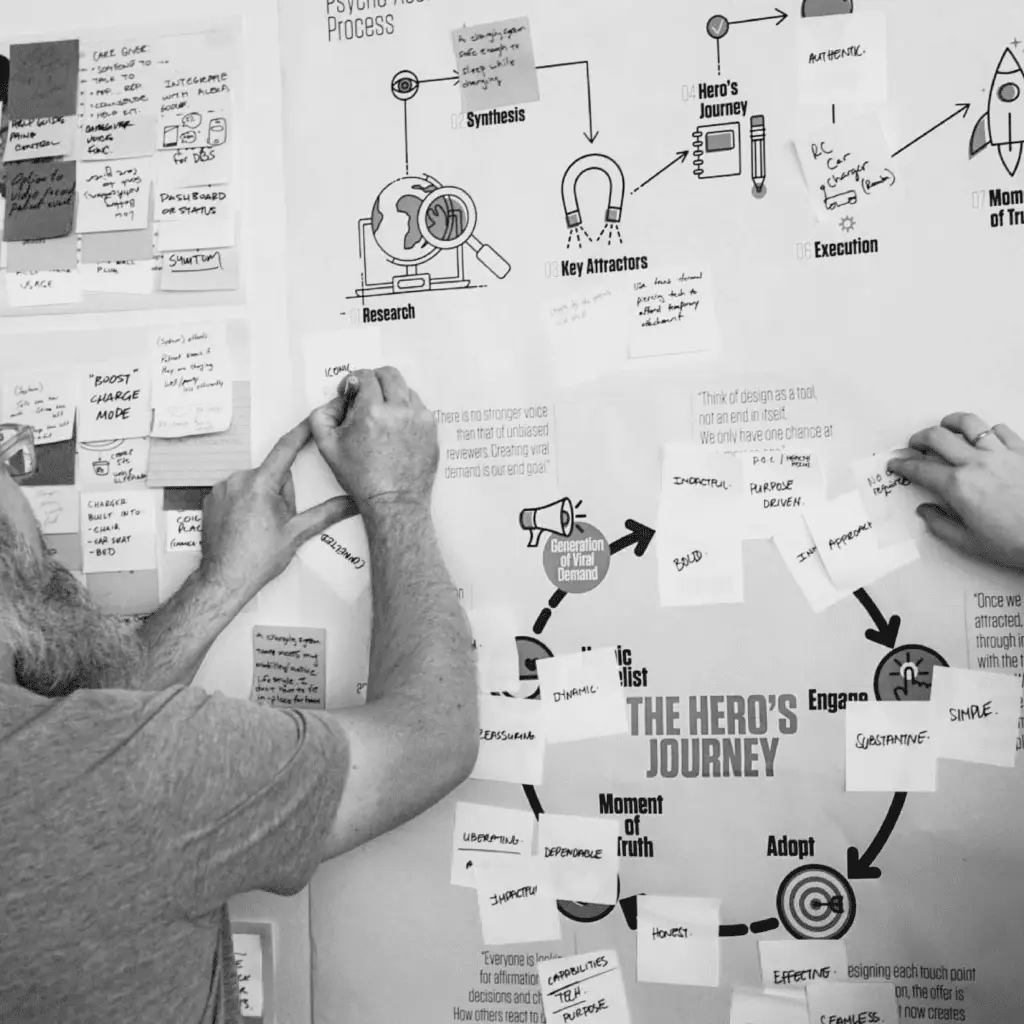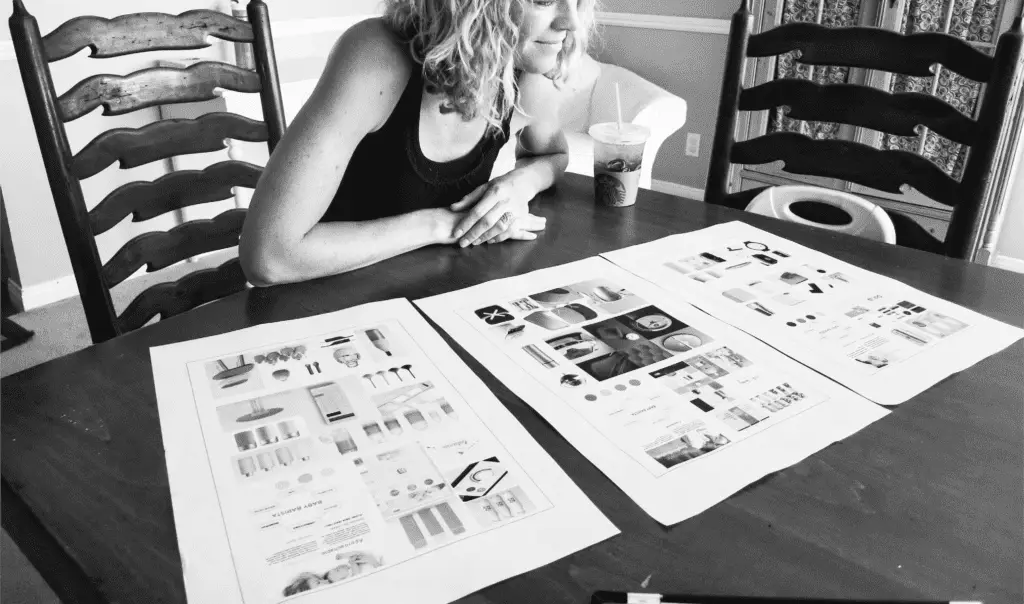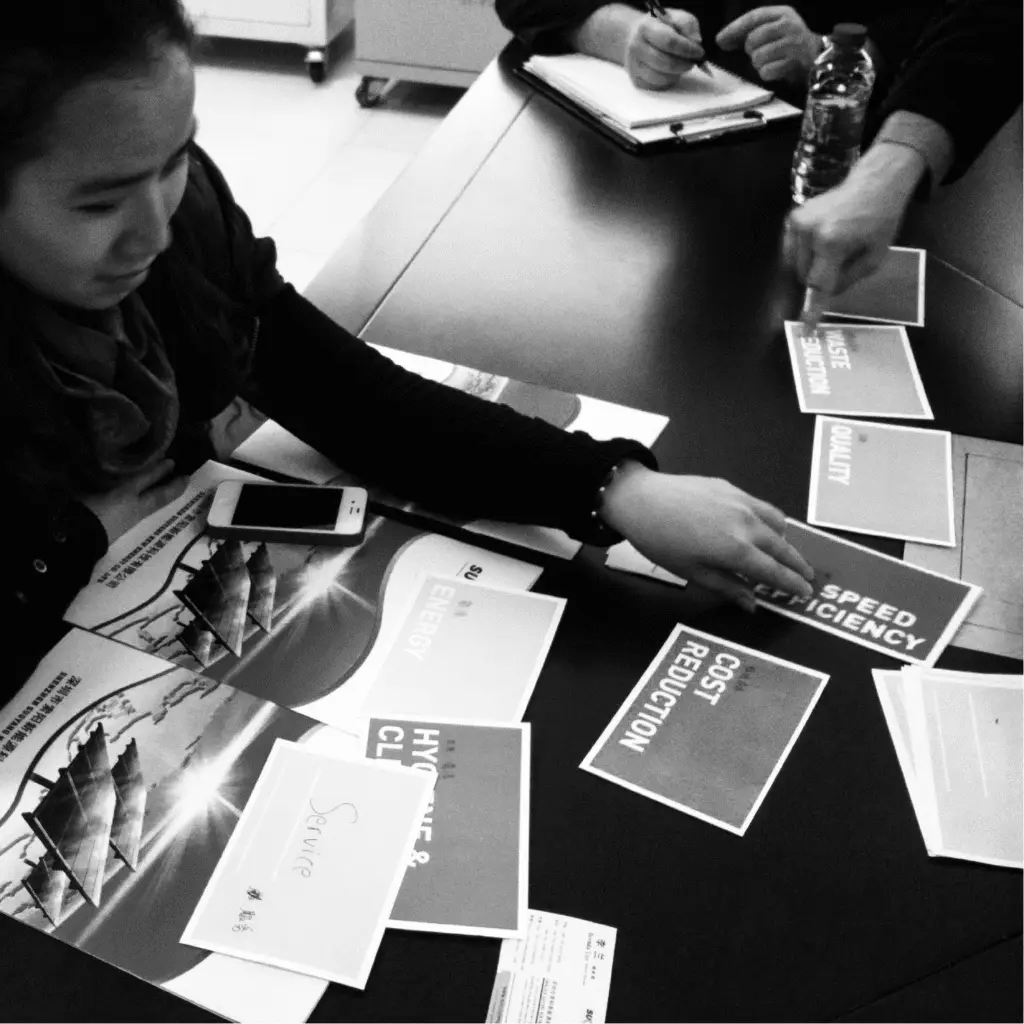Ethnographic Research Service
45+ years of uncovering deep human insights to
inform impactful design strategies
powered by Psycho-Aesthetics®.
SAMSUNG Bespoke CMF Research
A customizable appliance platform redefining kitchen aesthetics.
Unilever Global Wellness Research
A global research initiative exploring evolving hygiene and wellness habits.
Intel Emerging Market IPC (EMIPC) Playbook
The EMIPC Playbook transformed Intel from a chip supplier into a system and innovator.
Revealing insights that shape the future
RKS is a top industrial design firm with decades of experience creating innovative, user-focused solutions. We collaborate with clients across the full product lifecycle—from strategy and ideation to design and development—delivering impactful products that lead in their markets.
3000+
Interviews
60+
Projects
56+
Global Cities
Psycho-Aesthetics® & Ethnographic Research
At RKS Design, our ethnographic research is deeply rooted in Psycho-Aesthetics, a methodology that reveals the emotional and psychological undercurrents of user behavior. We empathize, decode, and translate human needs into meaningful insights. By aligning stakeholder goals with user desires, we lay the foundation for impactful innovation and emotionally resonant design.
Research Phases
Research Capabilities

Phase One
We begin by developing discussion guides, stimuli, and key questions that help uncover emotional and behavioral insights. These tools align research goals with the needs of users and stakeholders.

phase two
In this phase, we select research settings and choose the best-fit methods for observation. Our team captures context-rich insights through interviews, fieldwork, and direct user engagement.

phase three
Phase Three is the execution of the study, where we collect live data and ensure ethical participation. This phase informs key themes that guide strategy and design direction.
Tailored Ethnographic Research, Strategically Managed
The approach to ethnographic research adapts to the product, service, or market in focus. We begin by aligning on research goals, identifying key questions, and defining the scope and purpose of the study. Our research management process ensures strategic planning from the start, outlining methodology, data collection, and analysis techniques. This structured approach enables us to extract actionable insights that directly inform innovative design decisions.
Research Approach
Management Process
Observation and Participation
Research management includes planning and coordinating data collection activities. This may involve conducting interviews, observations, participant observations (like body language), and collecting artifacts or documents. We use the problem statement to help direct our observations in the most effective way. During the observation and participation stage, we ensure that the data is reliable and consistent.
Data and Synthesis
Results Reporting and Dissemination
Interview Process
Markets & Industries
Our team applies ethnographic methods across diverse industries to uncover deep user insights. By immersing in real-world contexts, we fuel innovative, user-centered design solutions that stand out in the market.
Market Expertise
Industry Domain
User Experience
Product Design
Industrial Design
Brand Research
Ultimately, brands informed by ethnographic research are more durable, better targeted, and more financially successful. A strong, lovable brand can be a major asset.
Brand research enables us to develop a recognizable brand. A recognizable brand can ensure continuous growth, encourage user consistency, increase demand, and create a competitive advantage.
ready to partner with us?
What does a market research firm do?
A market research firm provides the foundational insights for product and service strategy and new product development. Market research synthesizes the current and future needs of a market in a way that creates actionable insights for decision makers. A market research firm creates the market research plan, identifies the methods of research, and executes on the market research plan.
A market research firm is a company that provides businesses and organizations with valuable insights and information about their target markets. This information is used to help organizations make informed decisions about their marketing and business strategies.
Market research firms conduct a variety of different types of research in order to gather this information. Some common methods include surveys, focus groups, interviews, and experiments. These research methods allow the firm to collect data from a variety of sources, including customers, competitors, and industry experts.
Market research often includes primary and secondary research, interviews, ethnographies, and competitive intelligence. Because we use Psycho-Aesthetics, our human-centered methodology we also use tools such as the P/A™Map
Once the data is collected, a market research firm will analyze it in order to identify trends and patterns. This analysis allows the firm to provide its clients with valuable insights about their target markets, such as consumer behavior, market trends, and customer preferences.
In addition to providing market research services, many firms also offer consulting services. These services can include helping businesses and organizations develop marketing plans, evaluate new products and services, and identify potential areas for growth and expansion.
Overall, the role of a market research firm is to help businesses and organizations make informed decisions about their target markets. By providing valuable insights and information, these firms help their clients to better understand their customers, competitors, and industry trends. This enables businesses to make more effective marketing and business decisions, which can ultimately lead to increased revenue and success.
What are the market research services of RKS?
RKS is a full-service market research firm. We create market research plans, conduct ethnographic research, and benchmark analogous and competitive offerings standards.
What design research methods does RKS apply?
RKS utilizes a holistic set of design research methods that are tailored to each project. Based on our human-centered design methodology, Psycho-Aesthetics® we utilize methods that help us
What is ethnography in qualitative research design?
Ethnography is a method of qualitative research that focuses on the study of cultures, groups, and communities. It is a way of investigating and understanding the social and cultural practices of a particular group or community.
Ethnography involves conducting in-depth, observational research in a natural setting. This means that the researcher immerses themselves in the community they are studying and observes the interactions, practices, and behavior of the people within that community. The researcher is not simply an outsider looking in, but rather becomes a part of the community and participates in the daily activities and routines of the people they are studying.
Ethnography is a holistic approach to research, meaning that it takes into account the entire context and culture of the community being studied. It looks at the various social and cultural factors that influence the behavior and practices of the people within that community. This includes factors such as language, religion, customs, traditions, and social norms.
One of the key strengths of ethnography is that it allows the researcher to gain a deep and nuanced understanding of the culture and community being studied. By living among the people and participating in their daily activities, the researcher is able to gain a rich and detailed understanding of their culture and practices. This level of immersion allows the researcher to capture the nuances and complexities of the culture that may be missed by more traditional research methods.
Ethnography is also a flexible and adaptable research method. As the researcher becomes a part of the community, they are able to adapt and modify their research approach based on the needs and interests of the community. This means that the research can evolve and change as the community changes, allowing for a more dynamic and responsive research process.
Ethnography is not without its limitations, however. One challenge is that the researcher may become too embedded in the community and lose objectivity. It is important for the researcher to maintain a critical and reflective approach to their research, and to be aware of their own biases and assumptions.
Another challenge is that ethnography can be time-consuming and resource-intensive. Because it involves in-depth, observational research, it can take longer to conduct than other research methods. Additionally, the researcher must invest a significant amount of time and effort into building trust and relationships within the community, which can be challenging.
Despite these challenges, ethnography remains an important and valuable method of qualitative research. It allows researchers to gain a deep and nuanced understanding of the cultures and communities they study, and to uncover the complex social and cultural factors that influence their behavior and practices.
s.
What is UX design research?
UX design research is the process of gathering and analyzing data about how users interact with a product or service in order to improve the overall user experience. This can include conducting user interviews, focus groups, usability testing, and other forms of user research to gather data on user behavior, needs, and preferences.
The goal of UX design research is to gain insight into the user’s perspective, and to use this information to inform the design and development of a product or service. This process allows UX designers to identify pain points and areas for improvement, and to make informed decisions about how to best meet the needs of users.
UX design research is a crucial part of the design process, as it helps to ensure that the end product is user-friendly and meets the needs of the target audience. By conducting research, UX designers can identify user behaviors and patterns, and use this information to inform their design decisions. This can include things like understanding how users navigate through a website, or identifying common challenges that users face when using a particular app.
Additionally, UX design research can help UX designers to gain a deeper understanding of user motivations and preferences. This can include things like understanding why users might choose one product over another, or what features are most important to users when making a purchase decision. By understanding these factors, UX designers can create designs that are more effective at meeting user needs and preferences.
Overall, UX design research is a crucial part of the design process, as it helps UX designers to create products and services that are user-friendly, effective, and engaging. By conducting research and gathering data on user behavior and preferences, UX designers can create designs that are tailored to the needs and preferences of their target audience, resulting in a better overall user experience.
What is an ethnographic research firm?
An ethnographic research firm is a professional service organization that specializes in the study of human behavior and culture. Ethnographic research is a qualitative research method that involves the observation and analysis of people in their natural environment, without preconceptions or assumptions about their behavior. The goal of ethnographic research is to understand the attitudes, behaviors, beliefs, and motivations of people in a particular cultural setting.
An ethnographic research firm provides a range of services, including fieldwork, data collection, analysis, and report writing. The research process typically involves immersion in the subject culture, observation of daily activities and interactions, and in-depth interviews with people from the culture being studied. The data collected is analyzed to uncover patterns, themes, and insights that provide a deeper understanding of the culture and its members.
Ethnographic research is used by a variety of organizations, including businesses, government agencies, and non-profit organizations, to gain a deeper understanding of their customers, stakeholders, and target markets. The insights gained from ethnographic research can be used to inform product design, marketing strategies, and policy decisions, helping organizations make informed decisions that are more closely aligned with the needs and perspectives of their target audience.
Whether conducting research in a local community or studying a culture half a world away, an ethnographic research firm provides valuable insights and understanding to help organizations make informed decisions and drive success.
What is ethnographic research?
Ethnographic research is a qualitative research method used to understand the cultural and social practices of a particular group of people. It involves the study of a group’s behaviors, beliefs, and values through observation and direct interaction with its members. Ethnographic research is often used in anthropology, sociology, and other social sciences to gain insights into the ways that people live and interact with each other.
The process of medical device design involves several stages, including research, prototyping, testing, and production. During the research phase, designers work closely with medical professionals to understand their needs and identify areas where new devices could be beneficial. This information is used to develop prototypes, which are then tested rigorously to ensure their safety and effectiveness.
The goal of medical device design is to create devices that are safe, effective, and user-friendly. Medical devices must meet strict regulatory requirements to ensure their safety and efficacy, and designers must take into account factors such as ergonomics, usability, and patient comfort when developing new devices.
